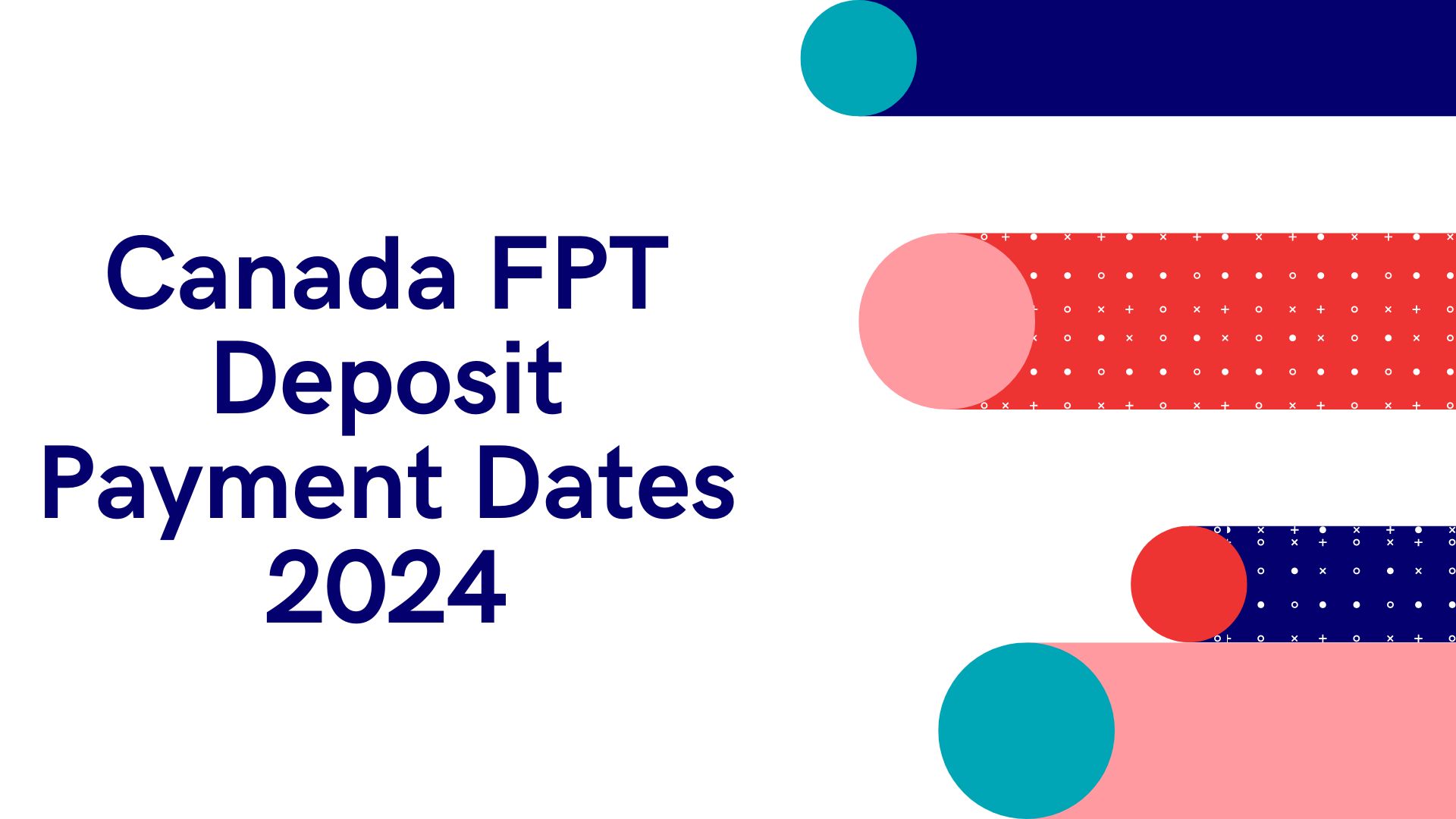The Canadian government provides its citizens benefits and tax credits through the coordinated efforts of the federal, provincial, and territorial administrations. The Canada Revenue Agency (CRA) is essential in managing and distributing these benefits, ensuring eligible Canadians receive the financial assistance they are entitled to. A deposit labeled “dn Canada fpt” on your bank statement implies a tax credit or refund from a federal, provincial, or territorial program. This could include a variety of benefits, such as the provincial carbon tax credit or the federal GST credit.

Federal, provincial, and territorial (FPT) tax credit system:
Canada’s Federal-Provincial-Territorial (FPT) Tax Credit System is a collaborative structure that includes the federal, provincial, and territorial governments. This system is intended to give Canadian people various tax credits and advantages while fostering economic growth, improving social welfare, and guaranteeing tax justice. Here’s a complete description of how the FPT Tax Credit System operates: The FPT system represents a collaborative effort between the federal government and the governments of each province and territory. These organizations collaborate to develop and run programs that financially support individuals and families throughout Canada. The Canada Revenue Agency (CRA) manages and distributes these benefits.
Types of Canada FPT Benefits and Credits
The FPT system offers a variety of tax credits and benefits. These can be broadly classified as federal benefits and provincial/territorial benefits.
Federal benefits
The federal government offers several significant benefits through the CRA, including:
- The Canada Child Benefit (CCB) and GST/HST Credit
- Benefits provided in Canada include dental, workers, and child disability.
- Home Accessibility Tax Credit.
Provincial and Territorial Benefits
Each province and territory may provide additional benefits based on their inhabitants’ unique needs. Examples include:
- Alberta Child and Family Benefit (ACFB).
- BC Family Benefits (BCFB)
- BC Climate Action Tax Credit (BCCATC).
- New Brunswick Child Tax Benefits (NBCTB)
- New Brunswick Harmonized Sales Tax Credit (NBHSTC).
- Newfoundland and Labrador Child Benefit
- Newfoundland and Labrador Income Supplement
- Newfoundland Labrador Disability Amount (NLDA).
- Newfoundland & Labrador Seniors’ Benefit in Northwest Territories
- Northwest Territories Child Benefit and Cost of Living Offset (NTCOLO).
- The Nova Scotia Child Benefit (NSCB)
- Nova Scotia Affordable Living Tax Credit (NSALTC).
- Nunavut Child Benefit (NUCB) and Carbon Credit (NCC).
- Ontario Trillium Benefits (OTB)
- The Ontario Child Benefit (OCB)
- Ontario Senior Homeowners’ Property Tax Grant (OSHPTG)
- Prince Edward Island Sales Tax Credit
- Saskatchewan’s Low Income Tax Credit (SLITC)
How are FPT payments made?
Payments through the FPT system are made immediately into the bank accounts of eligible recipients. When you see a deposit labeled “dn canada fpt” on your bank statement, it represents a payment from this system. These deposits can come from federal programs, such as the GST/HST credit, or provincial/territorial programs, such as the Ontario Trillium Benefit.
Eligibility and Claiming Benefits:
Various factors, including income, family size, and special conditions such as disability, determine eligibility for FPT benefits and credits. Some advantages are automatically supplied based on information from tax returns, while others may necessitate additional applications.
Significance of the FPT System:
- The FPT Tax Credit System is critical to the financial well-being of Canadians. By providing targeted tax relief and direct payments, the system eliminates poverty, supports families, and improves the general quality of life for many people. It also enables a more equitable distribution of resources across the country, considering the varying requirements of individuals in different regions.
- Understanding the FPT system and staying current on available benefits can help Canadians make the most of their financial assistance and manage their finances more effectively.